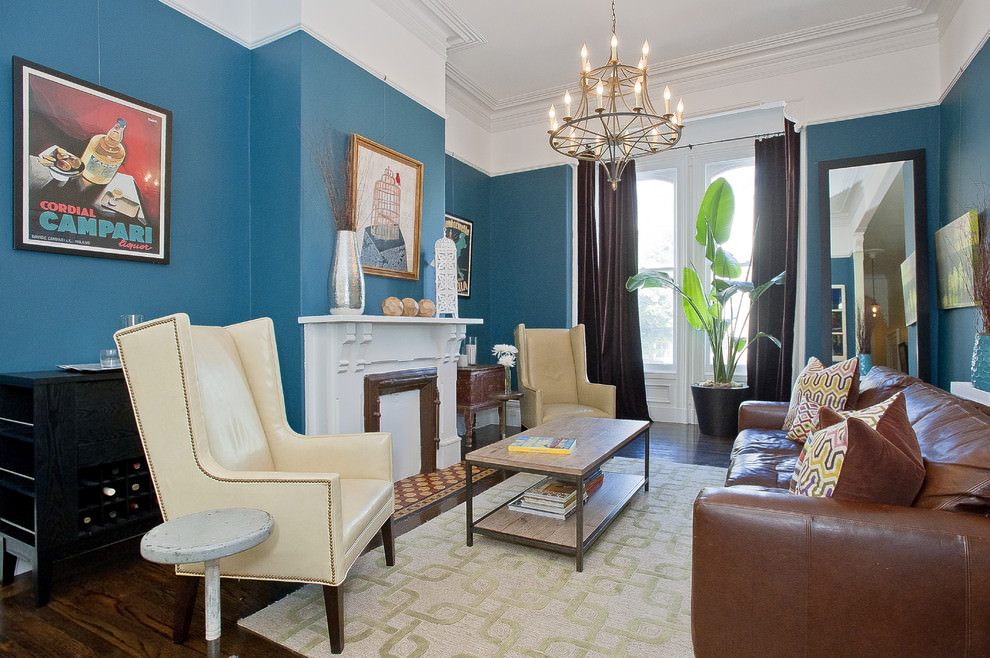Kitchen Design Elements
When designing a kitchen, there are several elements that must be taken into consideration. From choosing materials and colors to the layout and scale of the space, the design must function properly while also looking great. One key factor to consider is how all the pieces of the kitchen will come together, in terms of scale. It's key to look at dimensions and how the various elements will fit together in relation to their size, to best create the design for a functional and beautiful kitchen.
Overlooking details like the scale of the design can cause elements to be too large or small for the space. In order to understand how to create the perfect kitchen design scale, these top ten elements should be taken into account:
Kitchen Dimensions
The dimensions of the kitchen will play a large role in the finished design. This includes the personal space of the kitchen as well as the sizes of any appliances, countertops, or other surfaces that are included. The first step when considering the scale of a kitchen is to measure the square footage as well as the heights and widths of the elements that will be included. Beyond the physical measurements, the sense of scale and proportion that is created in the kitchen should also be taken into account.
Kitchen Floor Plans
The floor plan of the kitchen should not be overlooked. Floor plans provide the overall layout for the kitchen and are used to create the space from which the other elements will be incorporated. Given the limited space of many kitchens, the floor plan must maximize efficiency while still providing the desired design and look.
In terms of floor plan scale, common considerations include what type of appliances will be included, where items like the refrigerator and stove will be placed, and the overall path of foot traffic and work flow.
Kitchen Cabinet Styles
Cabinets are an integral part of the kitchen design, and the scale and style of cabinets should be taken into account when designing the space. Floor to ceiling cabinets will offer the most storage, but can compromise the size of the room; smaller cabinets will allow for a larger kitchen design. Once the style of cabinet has been chosen, examining the dimensions can help to create a kitchen with the perfect scale.
Kitchen Appliances
When considering scale, kitchen appliances should not be forgotten. Appliances come in different sizes and many times, space dictates what type of appliances can be included. An oven that is too large can take up too much counter space, while a refrigerator that is too small might lack adequate storage. Looking at the size and style of the appliances should be done before considering the remaining elements of the design so that the other pieces can be chosen appropriately.
Kitchen Countertops
Countertops are another essential piece of the kitchen design. Different materials and colors offer various options in terms of scale. Stone counters, for example, offer a classic and timeless look, but their large mass can overpower a smaller space. By comparison, tile countertops allow for a more personalized design with a smaller footprint.
Kitchen Lighting
Lighting is key in creating the right ambience in the kitchen. The scale of the lighting should be taken into account when considering the entire design. Larger kitchen islands and counters might benefit from the use of ceiling-mounted lights for more illumination, while smaller spaces might benefit from smaller and more localized remove lights.
Kitchen Ventilation
Kitchen ventilation is key to creating a fully functional space. The scale of the ventilation should reflect the size of the kitchen as well as any cooking that is done in the area. For larger kitchens, a professional-level ventilation system might be more appropriate, while a smaller kitchen may benefit from a more basic fan system.
Kitchen Finishing Touches
The finishing touches of a kitchen design can make or break the entire look. The scale of these touches should be taken into account when creating the space. This includes small pieces such as hardware on the cabinets doors and drawers, as well as larger items such as chairs and table for a kitchen dining area.
Primary Kitchen Design Scale
Overall, the primary kitchen design scale includes a combination of all of the elements above. Considering the various pieces and how they will fit together will help to create a kitchen that is both functional and aesthetically pleasing. Along with standard scale considerations such as size and space, elements like lighting and materials should also be taken into account to create the perfect kitchen design.
Designing a Proportionally-Scaled Kitchen

When you’re designing a kitchen, scale is key to creating a comfortable environment. Designers often prefer a scale called Proportionality , which assigns objects in a kitchen an appropriate size in relation to the other objects inside the room. The concept of Proportionality is that there should be an equal balance between objects in the kitchen regardless of their shape and size — from the furnishings to the cabinetry to the appliances.
Creating Proportionality in Your Kitchen

Creating a proportional kitchen requires careful planning, especially when dealing with limited space. Designers often draw a to-scale floor plan of the kitchen, which helps show how the objects and elements should be placed in the room. The floor plan also helps global designers in understanding what type of materials should be used for the kitchen, such as cabinetry, countertops and appliances.
Furniture and Appliances for a Proportional Kitchen

To complement the design of a Proportionally-scaled kitchen, furniture and appliances in the space should reflect the same range of scale. This means that different pieces should harmonize and fit together, even if they may have different designs. For example, a large refrigerator should be balanced with tall kitchen cabinets and a large kitchen island. Selecting furniture and appliances with a similar finish and color can also help to create a cohesive look in the kitchen, so that each piece feels like it was meant to be there.



























































































